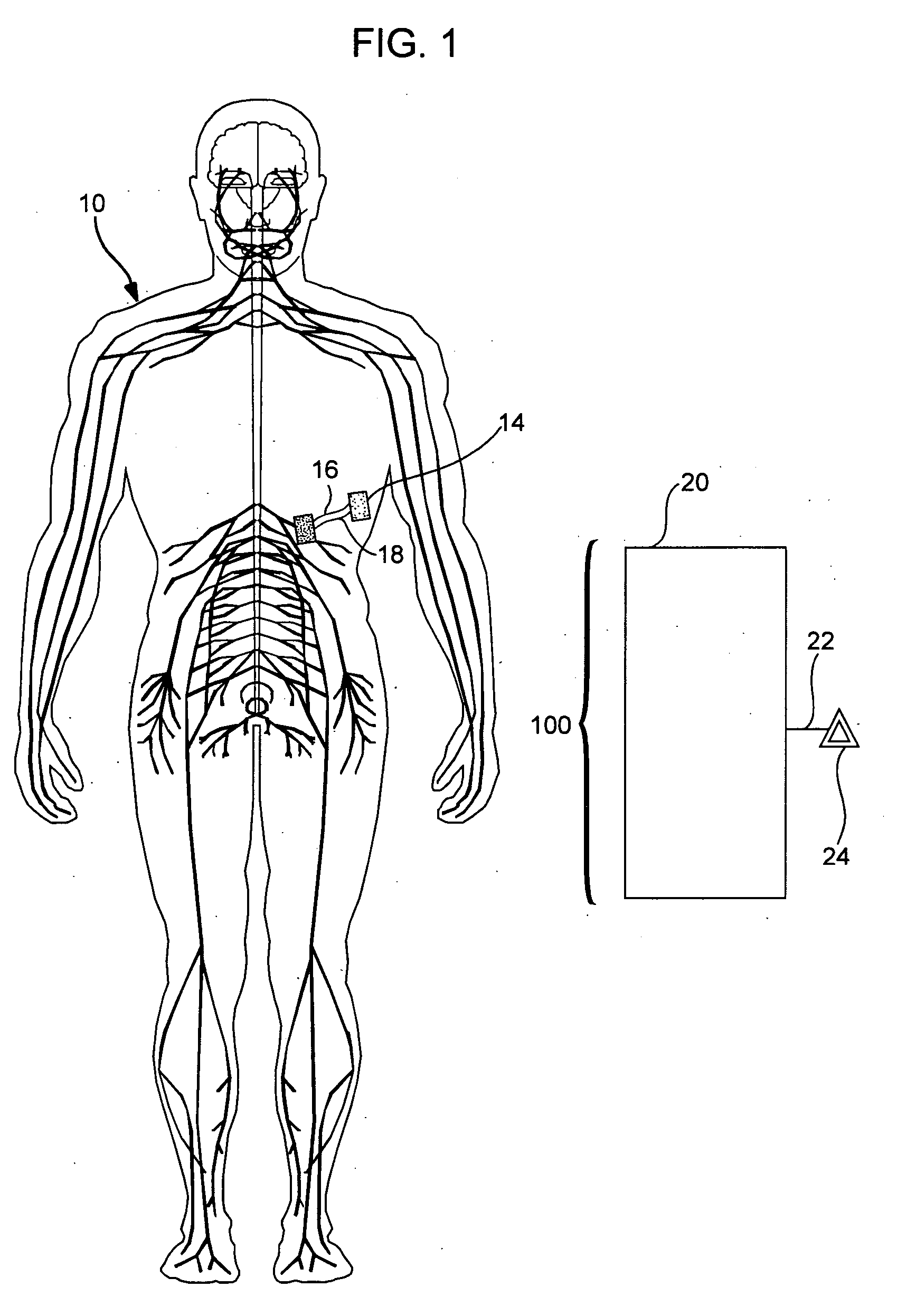Methods and compositions for treating plasticity in a subject
a technology of plasticity and composition, applied in the field of methods and compositions for treating plasticity in a subject, can solve the problems of the decline of the plasticity of various systems, and achieve the effects of reducing the long-term potentiation, and maintaining the plasticity of the system
- Summary
- Abstract
- Description
- Claims
- Application Information
AI Technical Summary
Benefits of technology
Problems solved by technology
Method used
Image
Examples
example 1
Use of Melatonin to Decrease LTP and Increase Song Plasticity in Songbirds
[0100] Double blinded randomized controlled studies are used to ascertain the effect of melatonin on plasticity in songbirds. Methods of song plasticity evaluation are performed as described in Williams et al., but with substitution of melatonin administration for testosterone and placebo for flutamide in the study groups (Williams H, Connor D M, Hill J W. Testosterone decreases the potential for song plasticity in adult male zebra finches. Horm. Behav. 2003; 44(5):402-12.). LTP is concurrently measured through the treatment period. It is observed that melatonin administration with a concomitant decrease in LTP produces a statistically significant improvement in songbird plasticity as compared to control, and that this difference increases over time.
example 2
Use of Melatonin to Decrease LTP and Increase Cognitive Plasticity in Humans
[0101] Double blinded randomized controlled studies are employed to ascertain the effect of melatonin administration on cognitive plasticity. Subjects in a treatment group are given melatonin with the intent of lowering LTP. A group of appropriate age-matched controls receive placebo. Each group performs a set of standardized learning tasks at predetermined time points in conjunction with measurement of LTP. Such tasks include, but are not limited to, language and music. Melatonin administration with a concomitant decrease in LTP is observed to produce a statistically significant improvement in learning ability and / or a statistically significant decrease in learning decrement for the treatment group as compared to control, and this difference increases over time.
example 3
Use of Serotonin to Decrease LTP and Increase Scarring Plasticity in Humans
[0102] Double blinded randomized controlled studies are employed to ascertain the effect of serotonin administration on scarring plasticity. Subjects in a treatment group are given serotonin with the intent of lowering LTP. A group of appropriate age-matched controls receive placebo. Each group undergoes controlled wounding at identical sites on the body at predetermined time points in conjunction with measurement of LTP. Quantitative measurement of wound healing time and extent / thickness of scar is performed on a more frequent basis following each incident of wounding. It is observed that serotonin administration with a concomitant decrease in LTP produces a statistically significant improvement in wound healing time and / or a statistically significant decrease in scar extent / thickness for the treatment group as compared to control, and that this difference between the two groups increases over time.
PUM
| Property | Measurement | Unit |
|---|---|---|
| Biological properties | aaaaa | aaaaa |
| Energy | aaaaa | aaaaa |
| Plasticity | aaaaa | aaaaa |
Abstract
Description
Claims
Application Information
 Login to View More
Login to View More - R&D
- Intellectual Property
- Life Sciences
- Materials
- Tech Scout
- Unparalleled Data Quality
- Higher Quality Content
- 60% Fewer Hallucinations
Browse by: Latest US Patents, China's latest patents, Technical Efficacy Thesaurus, Application Domain, Technology Topic, Popular Technical Reports.
© 2025 PatSnap. All rights reserved.Legal|Privacy policy|Modern Slavery Act Transparency Statement|Sitemap|About US| Contact US: help@patsnap.com

